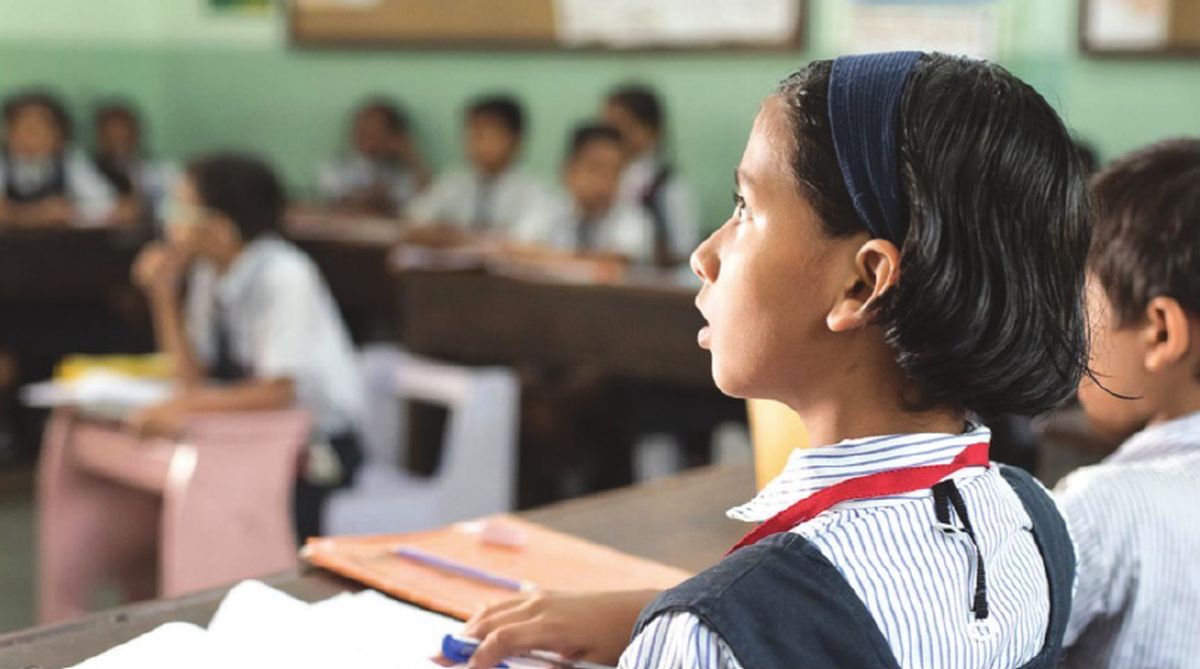‘Protect Hindus’: Human Rights Watch to Bangladesh authorities
The international group Human Rights Watch (HRW) has also said law enforcement should act "with caution and restraint".
HRW also found poor quality within both government and low-cost private schools, a lack of government regulation of private schools and corruption.

Representational Image.
Pakistan is failing to educate a huge proportion of the country’s girls due to the government’s under-investment in schools, prohibitive school fees and gender discrimination, Human Rights Watch (HRW) said in a report released on Tuesday.
The 111-page report, titled “‘Shall I Feed My Daughter, or Educate Her?’: Barriers to Girls’ Education in Pakistan”, said many girls simply had no access to education because of a shortage of government schools for them. Nearly 22.5 million children were out of school, of which majority were girls.
Thirty-two per cent of primary school age girls were out of school in Pakistan, compared with 21 per cent of boys.
Advertisement
By 9th grade, only 13 per cent of girls remain in school, the report said.
“The Pakistan government’s failure to educate children is having a devastating impact on millions of girls,” said Liesl Gerntholtz, the women’s rights director at HRW.
The New York-based HRW interviewed 209 people for the report, most of them with girls who never attended school, in all four of the country’s provinces: Balochistan, Khyber Pakhtunkhwa, Punjab and Sindh.
Among the factors keeping girls out of school, HRW found, were the government’s under-investment in schools, lack of schools, prohibitive school fees, corporal punishment and a failure to enforce compulsory education.
HRW also found poor quality within both government and low-cost private schools, a lack of government regulation of private schools and corruption.
In addition, girls were also blocked from attending school by external factors including child labour, gender discrimination, child marriage, sexual harassment, insecurity and attacks on education.
The Pakistan government’s investment in education was much below than that recommended by international standards. Up until 2017, Pakistan was spending less than 2.8 per cent of its gross domestic product on education — far below the recommended 4 to 6 per cent.
The report said that government schools were in such short supply that even in Pakistan’s major cities, many children cannot reach a school on foot safely in a reasonable amount of time. The situation was far worse in rural areas. And there were many more schools for boys than for girls.
“Even parents who are not educated themselves understand that their daughters’ future depends on them going to school, but the government is abandoning these families,” Gerntholtz said. “Pakistan’s future depends on educating its children, including its girls.”
Newly-elected Prime Minister Imran Khan’s political party’s manifesto promised major reforms to the education system, including for girls’ education. However, there were many who said that the government doesn’t help them educate their children.
“The government doesn’t help the poor. We can’t educate our children, and we can’t feed ourselves,” said Rukhsana, mother of three out-of-school children, whose husband is rarely able to work due to illness.
“The state has never taken education seriously – proper resources have never been allocated in any state. The problem is the priorities of government – education is not a priority and they don’t allocate the budget,” said head of a non-governmental organization working on women’s rights in Punjab.
But the HRW official expressed hope that “our findings will help the government to diagnose the problems and identify solutions that will give every Pakistani girl a bright future”.
Advertisement